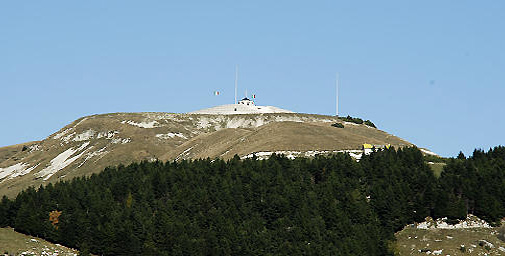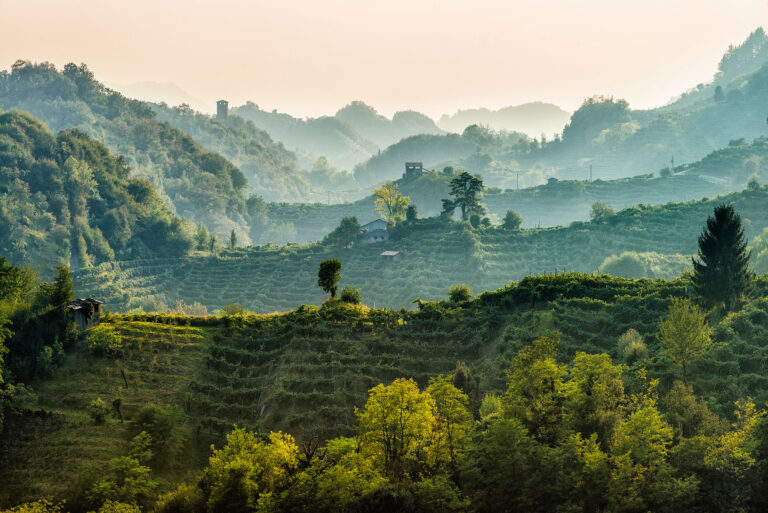Great War on Monte Grappa
On Monte Grappa, in 1918, the Italian army arrested, under the leadership of gen. Gaetano Giardino, the advance towards the Venetian plain of the enemy troops. In previous years the Grappa massif had been adequately equipped and infrastructured, those works are still today at least partially visible and open to visitors.
The Cadorna road was built in 1916: connecting Romano d’Ezzelino to the summit, it constantly develops on the southern side, sheltered from enemy fire. Other truckable roads of secondary importance and a significant number of carriageways and mule tracks then completed the road network of the massif.
Most of the transport, both of materials and of men, was however entrusted to the cableways: engineering works of high complexity that overcame the steepest slopes. The water supply was also ensured by special systems. Large tanks were built in caves: they contained up to two hundred thousand liters of water and had to ensure a supply of over one million liters of water per day to the troops.
Among the numerous defense works built in the cavern for artillery and machine gun positions and for sheltering the troops, the one that overlooks all of them is the great Galleria Vittorio Emanuele II ° which connected the descending slope to the south with the extreme north spur. From this branch off numerous side branches that led to the batteries and to the ambushes for the machine guns. The overall development of the Gallery is 5153 meters and its armament was 25 batteries.
An uninterrupted series of trenches then furrowed the hills. Barracks and tents finally completed the military equipment of the massif.
linked item:
The places of the Great War and the Malghe del Grappa
- MONTE GRAPPA – Grappa top
The top part of the Grappa massif houses monumental works that closely relate the historical narration of the events and the elaboration of the memory of the conflict. The residues of massive military preparations, even hollowed out, and the very evident signs of the action of the artillery communicate with the Italian and Austrian shrines, with the “Heroic Avenue”, the Milan Barracks and the Vittorio Emanuele Gallery. It is the place of destiny and the resulting story.
The area is located at the intersection of the three provinces of Vicenza, Treviso and Belluno.
- MONTE GRAPPA – Salaroli
The eastern wing of the Grappa massif saw the bloodiest and most ferocious clashes, particularly in the junction area between the Solaroli and the Valderoa. At the same time, totally different armies and types of positions are placed on a particularly small surface: German artillery and troops on Fontanasecca, Italian, Austrian and Hungarian infantry and bombards on the surrounding peaks.
The area is located east of Cima Grappa, along the ridge covered by the CAI path 156. Bounded to the south by the Val di Mure – high Val Calcino – Val Cinespa roadway and to the north by the band between the summit (1670 meters)
- MONTE GRAPPA – Asolone
The basin between Mount Asolone and Col Moschin contains a series of important sites, linked to memorials but also to the use and development of special troops. Including the peaks affected by events that are particularly significant for the armies involved, the entire basin deserves to be considered a single conservation system.




